News 2/16/12
From Scott’s Boy: “Re: where’s the love? You don’t want to stop by our booth and check out what’s going on? Shout-outs to our fair and worthy competitors but not us really hurts my feelings. Come by and talk to our folks. And be careful in those heels!” Last week I mentioned the names of a few ambulatory EHR vendors I would visit at the HIMSS conference and of course couldn’t include all 250+ that are exhibiting. I’m flattered by the invite and of course will stop by and look at your latest offerings. I am happy to share my impressions with readers and promise not to be overly influenced by the quality of the trinkets.
athenahealth releases its Q4 and 2011 financials: quarterly revenue jumped 33% to $92.5 million, but GAAP net income fell to $5.3 million ($0.15/share) compared to last year’s $7.3 million ($0.21/share.) For the full year, revenue grew 32% to $324.1 million; income rose from 2010’s $12.7 million to $19 million.
Medical imaging provider MIDI, LLC contracts with MMP for for billing and practice management services.
Humana signs an agreement with NextGen to participate in its Medical Home EHR Rewards Program, which provides financial assistance to selected physicians for the purchase of ambulatory EHRs. Providers using NextGen will be able to exchange clinical information, receive payer transaction details from Humana, and then populate transaction data into the patient’s record.
The 330-physician DuPage Medical Group (IL) adds Merge iConnect Access and the Merge Eye Care Suite, which will integrate with DuPage’s Epic EMR.
Family HealthCare Center (ND) contracts with Intelligent InSites to provide RTLS solutions for tracking, managing, and displaying the real-time location and status of patients, staff and equipment.
HIT adoption in the US is nearly equal among primary care doctors and specialists, according to a report from Accenture. The eight-country study also finds that the US is a leader in HIT use and adoption among physicians, compared to Australia, Canada, England, France, Germany, Singapore, and Spain. The majority of US physicians use e-prescribing and enter notes electronically, and almost half enter orders electronically.
The Ohio Health Information Partnership reports it has signed up more than 6,000 primary care physicians to use EHRs, which is more than any other REC in the nation.
Greenway Medical Technologies launches Greenway Marketplace, which allows technology partners to build on Greenway’s PrimeSUITE’s application programing interface to deliver new technology to its users.
Ridgeview Medical Center (MN) selects Allscripts EHR and PM solution for its 300 employed and affiliated physicians. Ridgeview will also implement Allscripts Community Record powered by dbMotion.
Acting CMS Administrator Marilyn Tavenner tells an AMA audience that CMS is considering an extension of the ICD-10 implementation timeline. Tavenner says her office will office will make a formal announcement about regulation changes within the next few days.
CMS creates a new page on its EHR Web site dedicated to the clinical quality measures (CQM) and their role in the EHR incentive programs. The page includes general program definitions and CQM reporting requirements for EPs and critical access hospitals.
EHR-based alerts can inadvertently lead to information overload for providers, according to a VA study. While many alerts may be valuable, too many alerts forces providers to wade through irrelevant data. Researchers concluded that less than 20% of the words contained in EHR alerts are considered to be relevant.
More news: HIStalk, HIStalk Mobile.


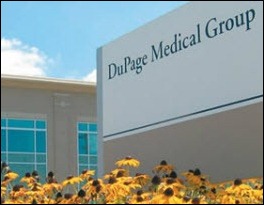
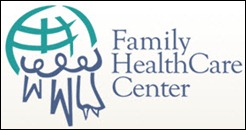
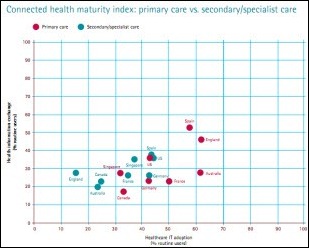


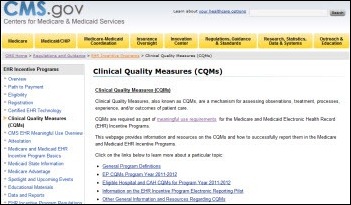





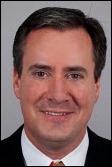

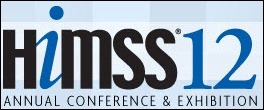


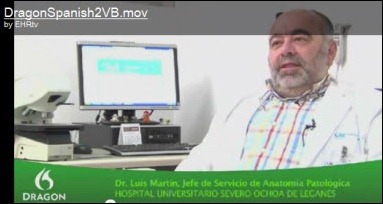
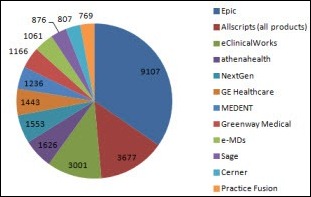


The article about Pediatric Associates in CA has a nugget with a potentially outsized impact: the implication that VFC vaccines…